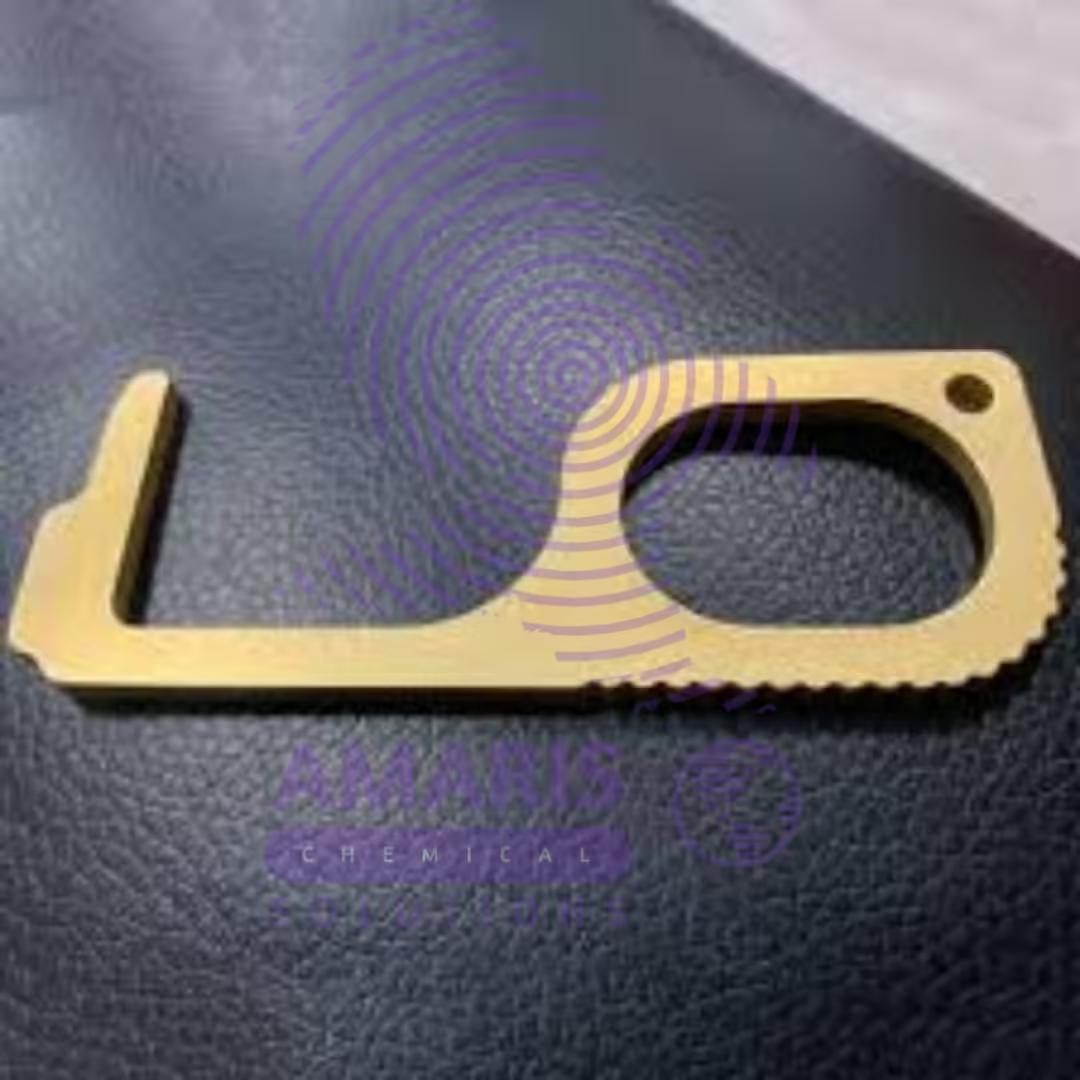Contact key
uses of Contact key
Microbial Testing:
Contact keys are frequently used for assessing microbial contamination on surfaces. Researchers can press the contact key onto a surface to collect samples of bacteria, fungi, or other microorganisms, which can then be cultured and analyzed.
Sterility Testing:
In pharmaceutical and medical device laboratories, contact keys can be used to test the sterility of equipment and surfaces. This helps ensure that products are free from harmful microorganisms before they are used or distributed.
Environmental Monitoring:
Contact keys can be employed in environmental microbiology to monitor the levels of microbial contamination in various environments, such as cleanrooms, food processing areas, or laboratories.
Quality Control:
In manufacturing settings, contact keys can be part of quality control measures to verify that surfaces are clean and meet regulatory standards.
Educational Purposes:
In educational laboratories, contact keys can be used to teach students about microbiology, aseptic techniques, and the importance of cleanliness in laboratory settings.
Biofilm Studies:
Researchers can use contact keys to study the formation of biofilms on different surfaces, which is important in understanding microbial adhesion and resistance.
Infection Control:
In clinical laboratories, contact keys can help monitor and control infection risks by identifying contaminated surfaces in healthcare settings.
People also bought
Angie’s Boomchickapop Sweet & Salty Lupin Beans In Water
$4.00 – $6.00Fresh Cutlets of lamb t-bone
$4.00 – $6.00Our Services
Shipping
Worldwide shipping
Delivery
Timely Delivery
Secure Payment
Safe & Secure Payment
Support 24/7
Contact 24 Hours Day












Reviews
There are no reviews yet.